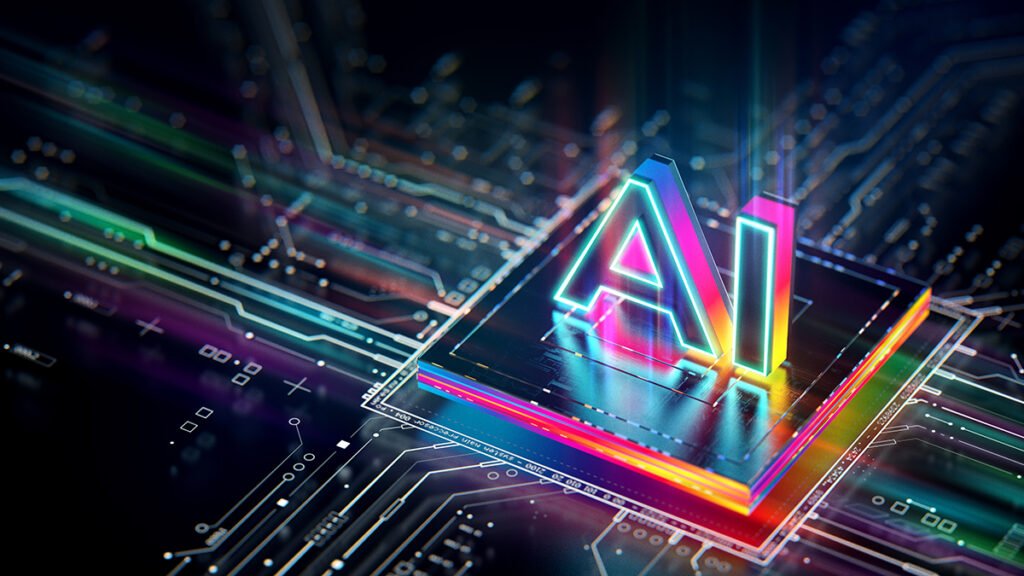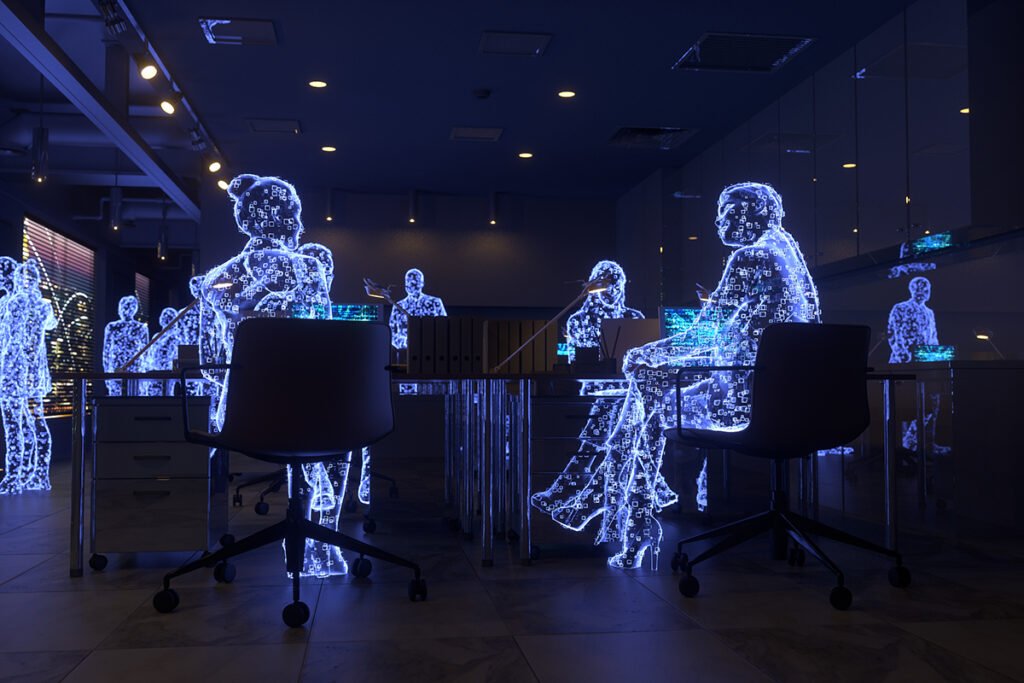Recently we touched on some different points of view on the topic of Artificial Intelligence (AI) and its influence on creative art practice and the graphic design industry.
Here we are taking a deeper dive looking more closely at AI in relation to services provided by graphic design agencies, and what impact AI could have on the future role of graphic design agencies!


Design Research Society (DRS), founded in the UK in 1966, claims to be “the longest established, multi-disciplinary worldwide society for the design research community”. Its purpose is to promote the study and research of the process of designing and to bring together a community based on shared interests in new approaches to the process of designing.
Yaron Merin of the University of Sydney, author of an article in the DRS Digital Library titled Graphic design and artificial intelligence, explores the impact of automation of many of the graphic design processes. The following bullet points highlight how AI impacts the services of graphic design agencies and what it might mean for the future.
• Automation of graphic design processes brought about by advancements in AI can be seen as threatening to deskill the graphic design profession with the emphasis on fast turnover and functional artefact production.
• Creative imagination and the contemporary history of graphic design has been integrally linked to its relationship with technology from the emergence of desktop publishing in the 1980s to designers engaging with interactive multimedia and online communication from the 1990s onwards.
• Increasing integration of automation into graphic design in the twenty first century including future developments in AI present new challenges for graphic design agencies.
• Considering a computer science approach to AI and graphic design is useful for providing an intersection between them that can be divided into three categories: automation within professional commercial software, amateur template-driven design tools, and experimental—academic research into graphic design.
• AI within professional graphic design software has tended to focus on automating laborious tasks allowing designers more opportunity to focus on the creative side of projects.
• AI advancements typically come from a computer science-based discipline that focuses on functionality and task-driven practices. Graphic design agencies add many other components such as the acknowledgement of a creative brief that indicates the direction page design will go in, the subject matter, the intended audience, its role and intended use.
• Graphic design agencies engage in thinking about audience or consumer considerations, briefing process and discussion, creative concepts, stakeholder interaction, branding and identity, creative reflection, client engagement, and topic research.


• Current AI research tends to engage with the functional stage of graphic design processes such as task automation, production process, functionality and layout, and artefact outcome.
• Historically it has been necessary for graphic designers and graphic design agencies to embrace a balancing act between creativity and technology.
• Current successful advances in AI and graphic design appear to be entrenched within the realm of time saving automation and machine learning for the design software tools themselves—something that, despite the potential threat of deskilling, still allows graphic designers creative control of projects.
Dacheng Tao, Professor of Computer Science and ARC Laureate Fellow in the School of Computer Science and the Faculty of Engineering and Inaugural Director of the UBTECH Sydney Artificial Intelligence Centre at Sydney University, in his book Modern machine learning techniques and their applications in cartoon animation research, examines the integration of machine learning techniques and cartoon animation. The latest machine learning techniques allow users to efficiently use cartoon materials to generate animations across numerous different areas including virtual reality, video games, animation in films and even sport simulations. AI can potentially strengthen the role of graphic design agencies if they embrace new technologies and build expertise in using these new tools of production.
If you are interested in engaging with a Sydney-based graphic design agency that matches expert creative skills with the most advanced design technologies, then contact us at Fresco Creative.
